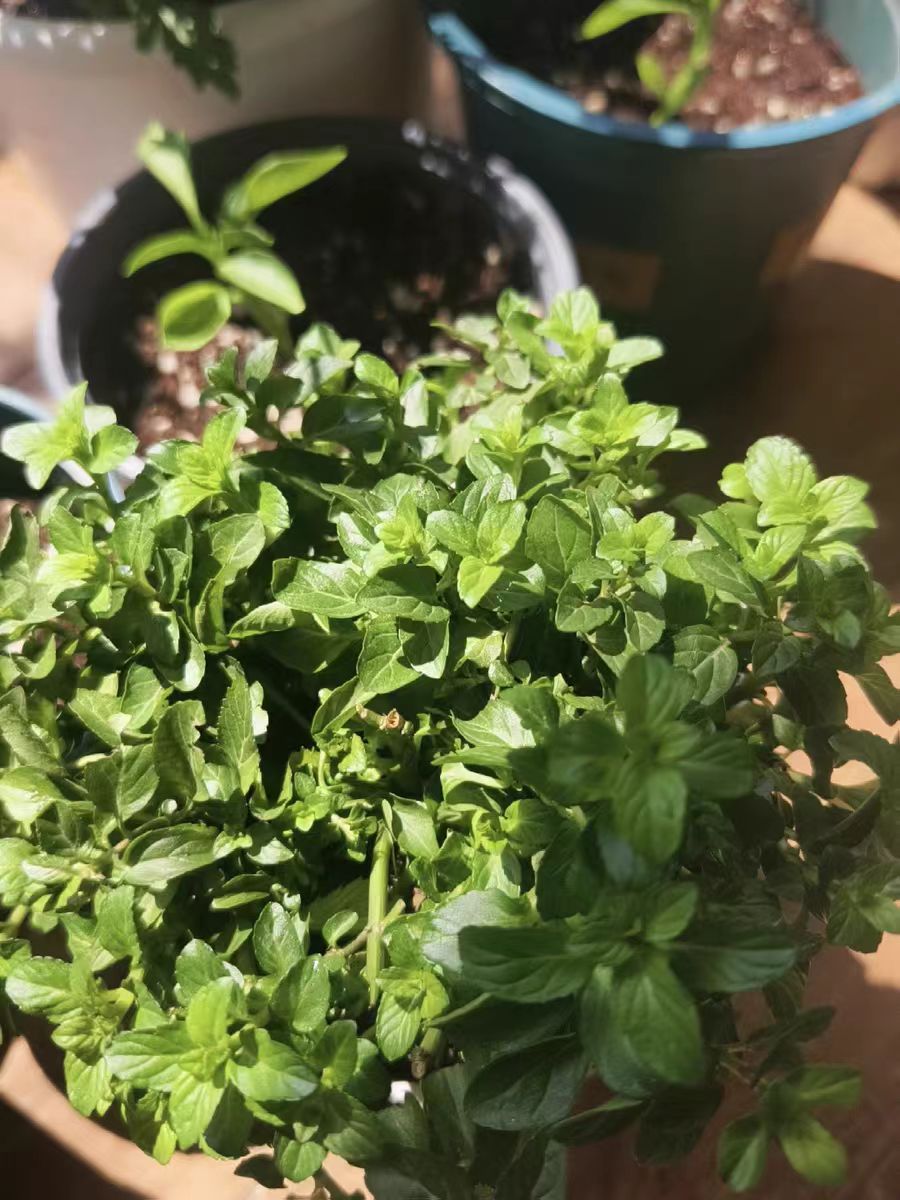When growing vegetables on a balcony in the city, choosing the right varieties in summer is essential. With strong sunlight and high temperatures, we need to select vegetables that are heat-resistant, sun-tolerant, and require minimal care. Below is a detailed guide to which vegetables are suitable for summer planting and how to grow them.
First, consider whether the vegetables can adapt to summer climates. For example, water spinach is highly resilient—it can grow 5 cm daily even at 35°C. In contrast, spinach tends to bolt once the temperature exceeds 25°C, so it’s best avoided in summer. Opt for varieties that thrive at 30–35°C and tolerate intense sunlight. Next, factor in balcony space. Common household flower pots with a diameter of 20–30 cm work well: compact plants like cherry tomatoes can be planted one per pot; vining vegetables such as cucumbers and bitter melons can climb trellises, saving space; leafy greens like amaranth can be densely sown. Hanging baskets can even accommodate strawberries to maximize vertical space. Additionally, choose low-maintenance varieties: mint not only repels mosquitoes but is also easy to grow; sweet potato leaves need watering every 3 days; leeks are even more hassle-free, yielding 3–4 harvests from a single planting, making them ideal for ordinary households.
Water spinach is a familiar choice—Thai water spinach is recommended for its strong branching and rapid growth. To plant, soak seeds in warm water for 24 hours, then scatter them in a shallow pot and cover with 0.5 cm of soil, keeping the soil moist. When 3–4 true leaves emerge, water weekly with fermented rice-wash water. In hot summer, spray the leaves with water in the morning and evening to prevent edges from browning. When harvesting, leave 2–3 nodes at the base for regrowth. Amaranth comes in red and green varieties, with red-leaved types rich in anthocyanins. Sow seeds directly, thin out overcrowded seedlings, and maintain a 5 cm spacing. Spray 2–3 applications of seaweed fertilizer during the growing period for tenderer leaves.
For fruit cucumbers, choose mini varieties like "Dutch baby cucumbers," which are spineless and weigh 100–150 grams per fruit, suitable for potted planting. Install a 50 cm tall trellis, as the main vine bears fruit—pinch side shoots after 1 leaf. Water twice daily in summer to prevent drought, which can cause misshapen fruits. Bitter melon is a heat-resistant star, with a fruit set rate exceeding 80% even above 35°C. During flowering, transfer pollen from male flowers to female flower stigmas with a brush between 9–10 AM to improve fruit set and yield.
Mint is extremely hardy and can be grown in water or soil. For soil cultivation, use loose sandy loam and apply slow-release fertilizer monthly. Prune after harvesting leaves to promote lateral bud growth. Pick leaves for tea or cooking while repelling aphids and moths—a dual benefit. Basil thrives at 25–30°C and stops growing below 15°C. Pinch the main stem when it reaches 20 cm to encourage branching. Leaves can be harvested at any time, leaving 3–4 nodes at the base for continuous growth.
Malabar spinach grows well with 4–5 hours of diffused sunlight daily. Keep the soil moist during the growing period, apply compound fertilizer every two weeks, and enjoy continuous harvests for 2 months. Leeks are perennial plants, yielding crops for 3–5 years after a single sowing. They temporarily stop growing above 35°C but resume after cooling. After every 2 harvests, apply fermented cake fertilizer and add 3 cm of soil to promote new root growth.
Growing vegetables on the balcony in summer not only provides fresh, healthy produce but also the joy of gardening. Beginners can start with easy-to-grow varieties like water spinach and mint to build experience. Witnessing seeds germinate, grow, and bear fruit brings a precious sense of accomplishment. Take action now and transform your balcony into an "aerial farm"!
What vegetables are suitable for planting on the balcony in summer?

Share with
Tagged in :




Leave a Reply